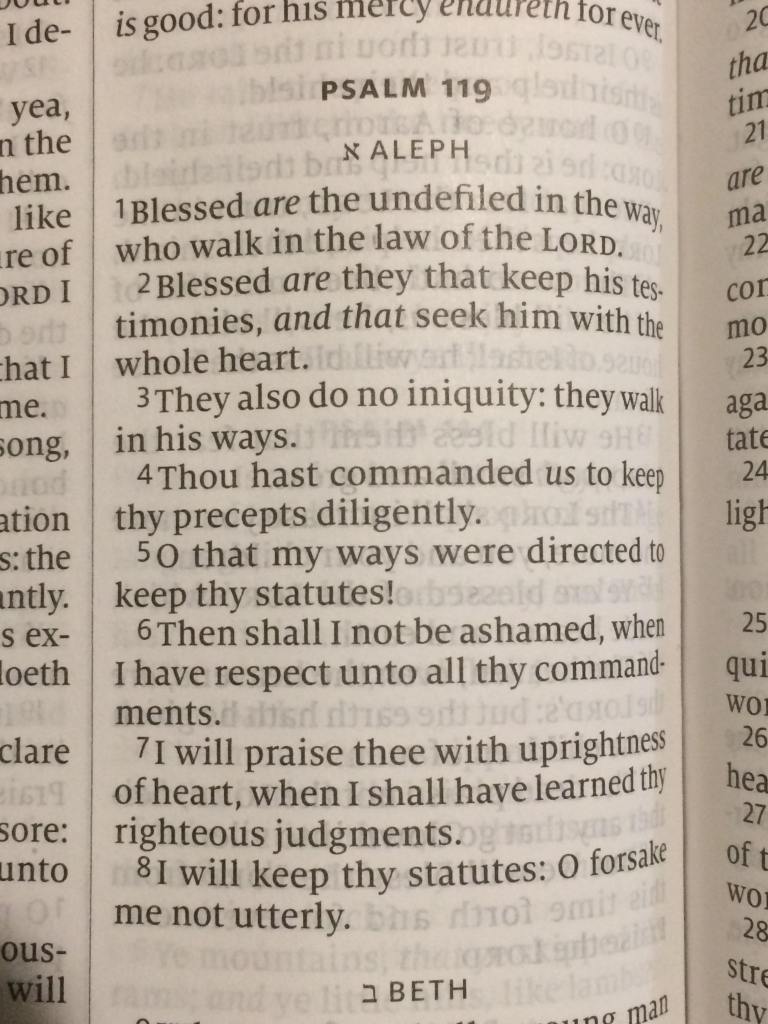Many of us were hoping that the 2022 midterm elections would provide, if nothing else, some needed clarity about the current state of America and where we are headed. We received clarity in more ways than one. The anticipated “red wave” expected to launch Republicans into massive electoral victory was, save a handful of States, a huge disappointment. As of this writing, it appears that the GOP will indeed take control of both houses of Congress, but those will be slim margins. Many Democrats who were projected to lose their seats came out on top. What happened?
Conventional wisdom held that the worsening economic situation in America would spell doom for the incumbent party. This summer’s move by the Supreme Court to overturn Roe v. Wade incited many on the Left to political action, but it was assumed that this outrage would be dwarfed by months of increasing inflation, general market instability, and higher crime. People would simply “come to their senses” and vote Republican. Not only did these expectations fail to materialize, but it became very clear that the economy does not actually trump the spirit of the age.
Several States, including Michigan, codified abortion as a right into their respective constitutions via referenda. In Montana—a State which Trump won twice—voters rejected a referendum to mandate emergency medical care for infants born alive as a result of failed abortions. Meanwhile in Kentucky—sitting on the northern end of the “Bible Belt”—voters rejected a referendum to amend their constitution to clarify that abortion is not indeed a protected right. The Bluegrass State echoed a similar action in deep-red Kansas over the summer. Looking back on Michigan, Democrat Gretchen Whitmer was re-elected governor, for the most part, because of her support for legal abortion. Various States witnessed the advent of their first “transgender” candidates elected to office.
While I could go on with more examples of cultural rot in this most recent election, it’s noteworthy that supposedly “conservative” States produced very horrific results. For my entire adult life, I’ve heard about the so-called “Silent Majority” which purports to be the pulse of America’s moral conscience. If this majority really does exist, then what we experienced Tuesday night was an uncomfortable realization that America’s conscience is deeply flawed to say the least. When the Democratic Party—a party which now openly endorses baby-murder and child genital mutilation—can comfortably retain elected office in most parts of the country, we have to go beyond the usual election “post-mortems” to discover the root problem.
The demographic which is probably most upset by these election results—the Baby Boomers—are at the same time the most responsible for our current state of affairs. This generation was the first to grow up in the post-World War II democratic order which was coupled with modernity’s deliberate drive to de-Christianize the West. They ushered in the cultural upheaval of the 1960s, dove head-first into the Sexual Revolution, and buttressed the secularization of our institutions. Rather than put a stop to it, Boomers did the grunt work for globalism by pushing open borders, mass immigration, free trade, and frequent military intervention abroad. Financial success became the epitome of the good life rather than virtue. You could be a degenerate dirtbag in your private life and still be accepted as long as you upheld the ideals of democracy.
On every front of American society—familial, ecclesiastical, civil, and so forth—Boomers failed to confront and defeat the corrosion of modernity. Instead, each of these institutions was brought into conformity with the spirit of the age. Fornication, shacking up, out-of-wedlock births, abortion on demand, and no-fault divorce were normalized within a few decades. The broader Evangelical church in America became an increasingly impotent force within the culture at large. Piety was exchanged for pietism. Whenever the church did depart from a heavy other-worldly spirit, she was rubber-stamping a crass political agenda. What it meant to be an American was more nebulous than ever, our history along with its heroes was now suspect, and established constitutional jurisprudence was superseded by the Civil Rights Act.
While the Millennials are often simultaneously mocked and disdained, we have to keep in mind that they largely grew up with broken and dysfunctional families being the norm. Ostensibly Christian Boomers didn’t catechize their Millennial children in the faith and most didn’t make church attendance a priority. Instead, they sent their children to be catechized by pagans in the public school system. The arrested development among many Millennials which is lampooned in popular culture can be attributed to their parents not passing onto them any useful skills, pitching the big lie that a college education is the ticket to prosperity, and ignoring the reality of today’s economic situation. To put it simply, the Millennial generation as a whole was not properly prepared to deal with real life. As a result, they became yet another disenchanted demographic robbed of any meaningful telos.
This is how you get to where we are in 2022. Boomers will lament, rightly, that they don’t recognize the country in which they grew up. Yet their generation as a whole did next to nothing to invest in future generations to ensure that the tide would be turned. Those who put all their eggs into the political basket don’t want to hear this, but the demographic changes in America from both abortion as well as mass immigration have ensured that the Republican Party will not enjoy any serious national success moving forward. It is not unreasonable to assert that Donald Trump will probably be the last GOP president for at least a generation. This is why the “red wave” predicted this year was ultimately a pipe dream.
Folks on the Right love to bring up gerrymandering and voter fraud as explanations for their electoral defeat. I won’t deny the reality of both nor their impact, but there’s an overreliance upon this rhetoric which has become a cope. Both of those factors are nothing new, but what is actually new is the degree to which the American electorate is seriously terrible. Not only is the average American grossly ignorant, but he believes awful ideas, tolerates awful practices, and behaves in awful ways. Like the degenerate men of Sodom groping blindly for the door to Lot’s house, the typical American voter in 2022 willfully ignores his own economic plight in order to ensure that women can legally murder their own children. Let that sink in.
There is no democratic solution. We can’t vote our way out of this cultural decay. If it hasn’t become self-evident in recent years, then let me point out that democracy is a terrible form of government anyway. It is not possible to have self-government with a society which is fundamentally degenerate. The way forward will take lots of time. It involves building viable communities centered upon solid churches. This takes lots of work, for building relationships with real people always does. Hospitality is key along with daily investing in our children. We have to say no to public education and make the necessary sacrifices. Churches must be prepared to welcome visitors who don’t fit the mold of upper-middleclass suburbanites, preaching truth to ordinary people.
To the degree that we invest in electoral action, it must be local. Who becomes the next county sheriff matters more than who becomes the next President of the United States. You ought to be more concerned about who sits on your local school board than who sits on the U.S. Supreme Court. Get to know the civil magistrates in your local area and build good relationships over time. If possible, elect actual Christian men who are unafraid to make their counties explicitly Christian communities.
I view elections as something of a proverbial canary in a coal mine. They’re worth analyzing to the extent that we know where we are and where society is going. Christians ought to be encouraged by the fact that natural law itself will not be thwarted. The “red pill” movement is a clear example that even non-Christians are aware of our present state of cultural rot. The American church needs to reassert biblical truth—preaching a robust, masculine Christianity that fears God rather than man. Don’t back down, don’t apologize. Play the long game. What we are building will outlast the suicidal cult of popular government.




